Tucking into Toffee
Toffee is a simple confection that begins with butter and sugar cooked at a high temperature. Butter and sugar. The appeal of toffee is obvious, no? And even though all toffee begins with the same ingredients cooked at about 300°F, the variety available is remarkable.
Usually thought of as a brittle British sweet, toffee comes in an assortment of forms. Toffee is often soft and sticky. It can come in a slab that needs to be cracked with (what else?) a toffee hammer or in a bag of individually wrapped drops that melt in your mouth. But what makes toffee especially exciting is that it lends itself well to highlighting a candy maker’s unique personality because toffee can be mixed with everything from roasted nuts to rice to local honey. It can be covered in chocolate and eaten like a candy bar. The combinations are endless.
Toffee truly is an indulgence that can be adapted to reflect the place in which you find it. Here are a few variations that will satisfy any curiosity.
Traditional English Toffee
Classic British toffee is an excellent place to start any exploration of the candy. It is buttery and rich and customarily served without a chocolate coating. It is most common to find it in a slab or bar which is smashed with a toffee hammer or in a creamy medallion. Pictured here are two traditional products from Walker’s Nonsuch, one of England’s oldest and most loved toffee manufacturers.
American Toffee
Toffee American style is usually coated with chocolate and topped with almonds or other chopped nuts. Katrina Markoff, who has earned a well-deserved international reputation for her range of Vosges chocolate bars, produces a great example of American toffee. We can’t describe it better than the chocolatier herself: “Not an English toffee, never a peanut brittle . . . crunchy, buttery toffee dipped in mild chocolate and rolled in walnuts and pecans.”
Persian Toffee
Called sohan, Persian toffee is made with honey instead of sugar. Nowhere near stingy with pistachios and almond slices, this brittle toffee is accented by fragrant saffron and the warm flavor of cardamom. The Persian toffee made by Pariya is especially eye-popping.
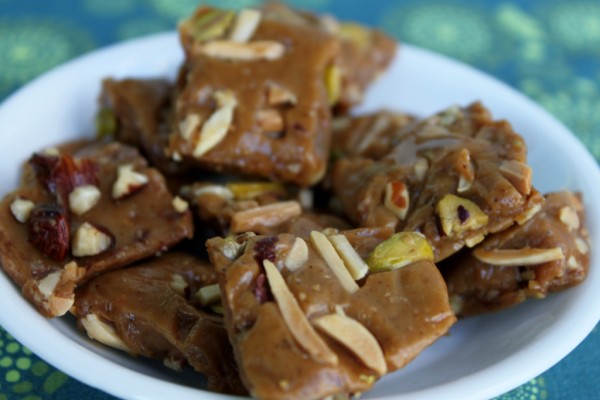
Candy Bars
Toffee is a popular ingredient in candy bars. One of the most popular chocolate candy bars in the UK is Nestlé Toffee Crisp – puffed rice and soft toffee coated in milk chocolate. In the US, Heath Bars, produced by Hershey’s, is tops. It’s a thin bar of sweet milk chocolate with a creamy almond toffee center. An international bestseller for a high-end toffee candy bar is See’s Milk Chocolate with Toffee Nuggets, also from the US.
Cinder Toffee
Also known as honeycomb toffee, cinder toffee is sticky and brittle with a slightly bitter taste. It has a spongy appearance, like a honeycomb, because baking soda is added to the sugar mixture and this releases carbon dioxide, which, in turn, causes the toffee to bubble. Although cinder toffee is most often eaten unadorned, we have fallen in love with Gorvett & Stone’s Dark Chocolate Cinder Toffee. Their toffee is handmade in England using Oxfordshire honey and then coated in Valrhona dark chocolate.
Share:


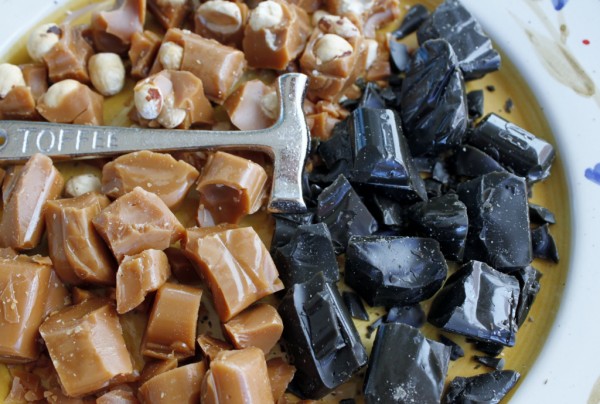
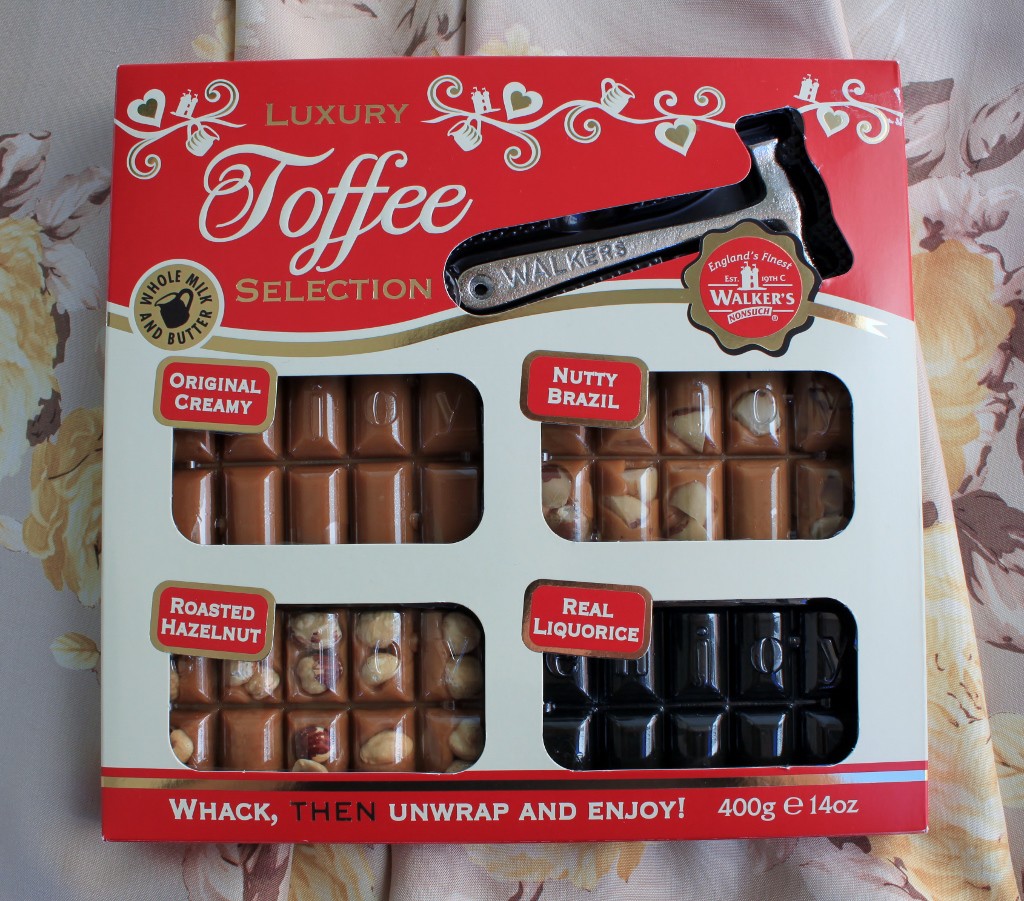
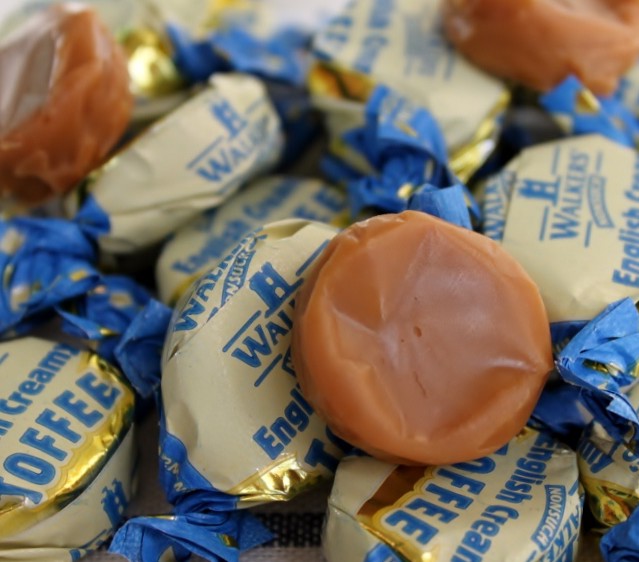
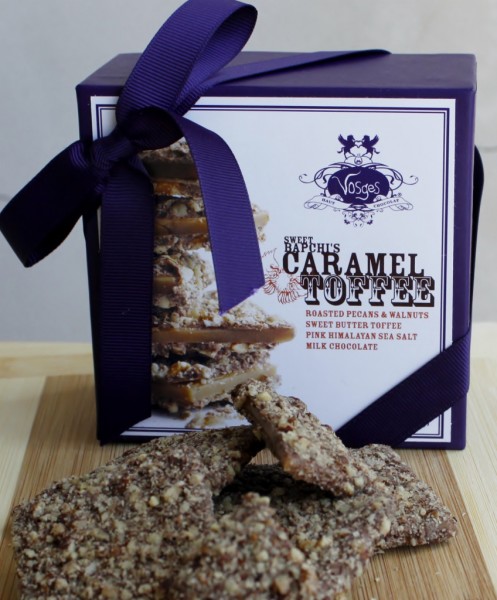
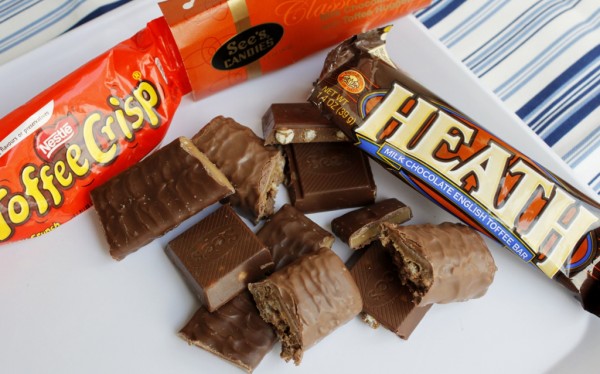
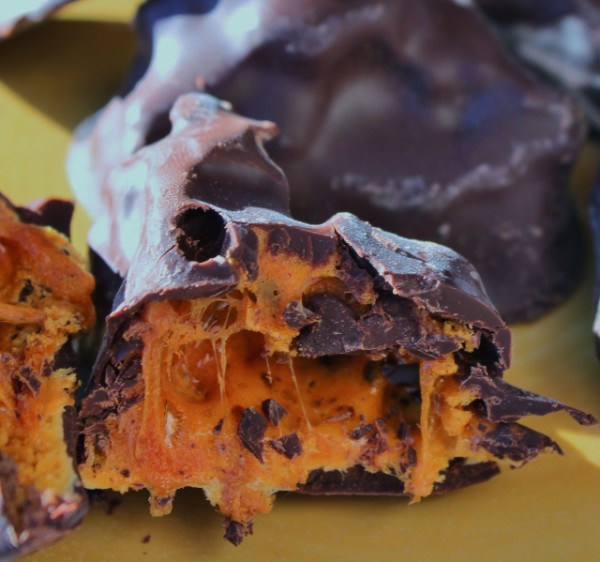



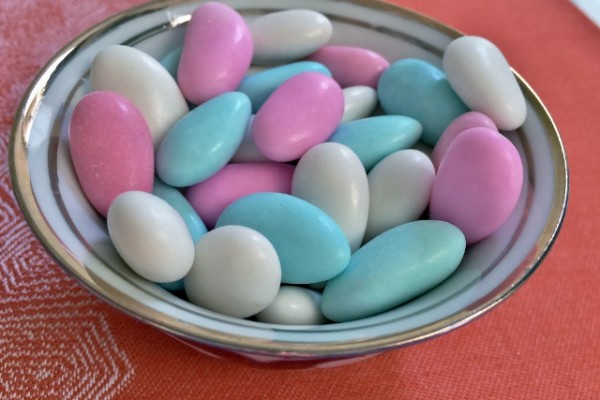
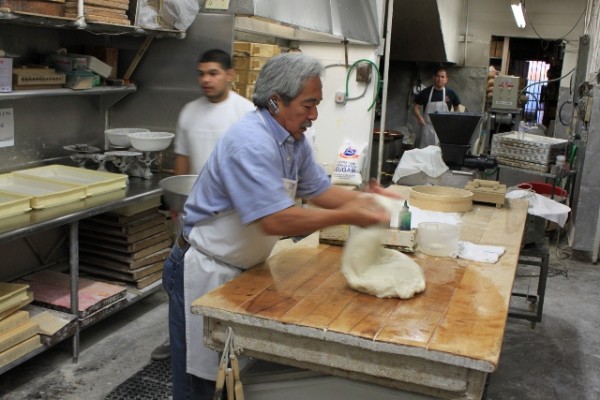
Comments